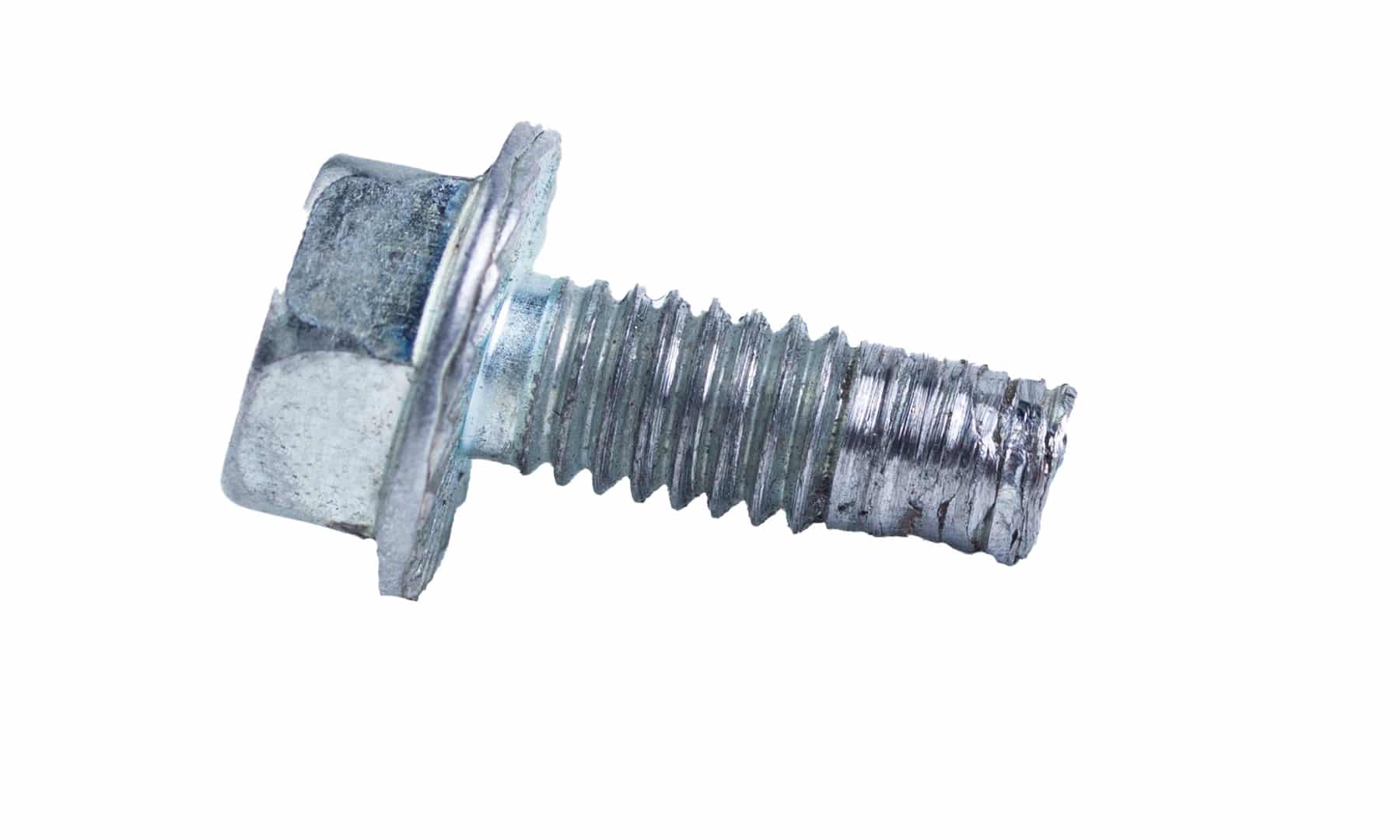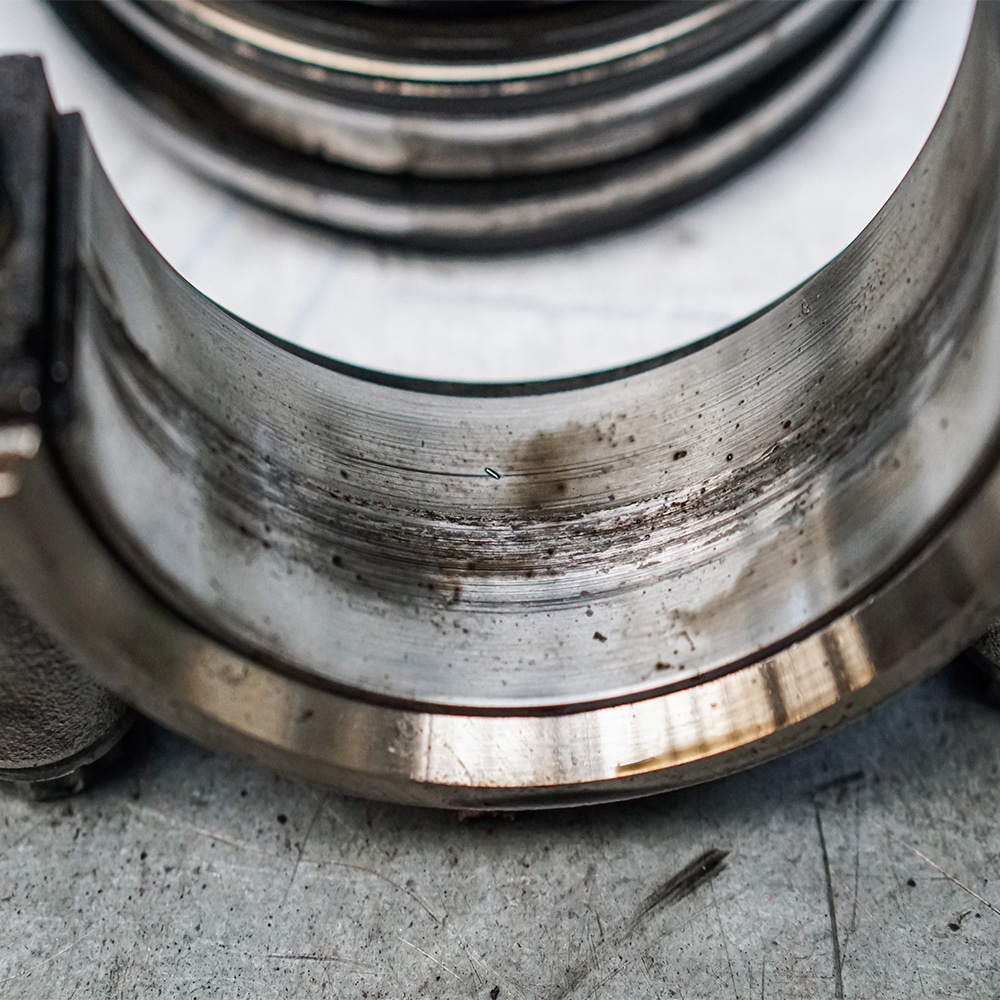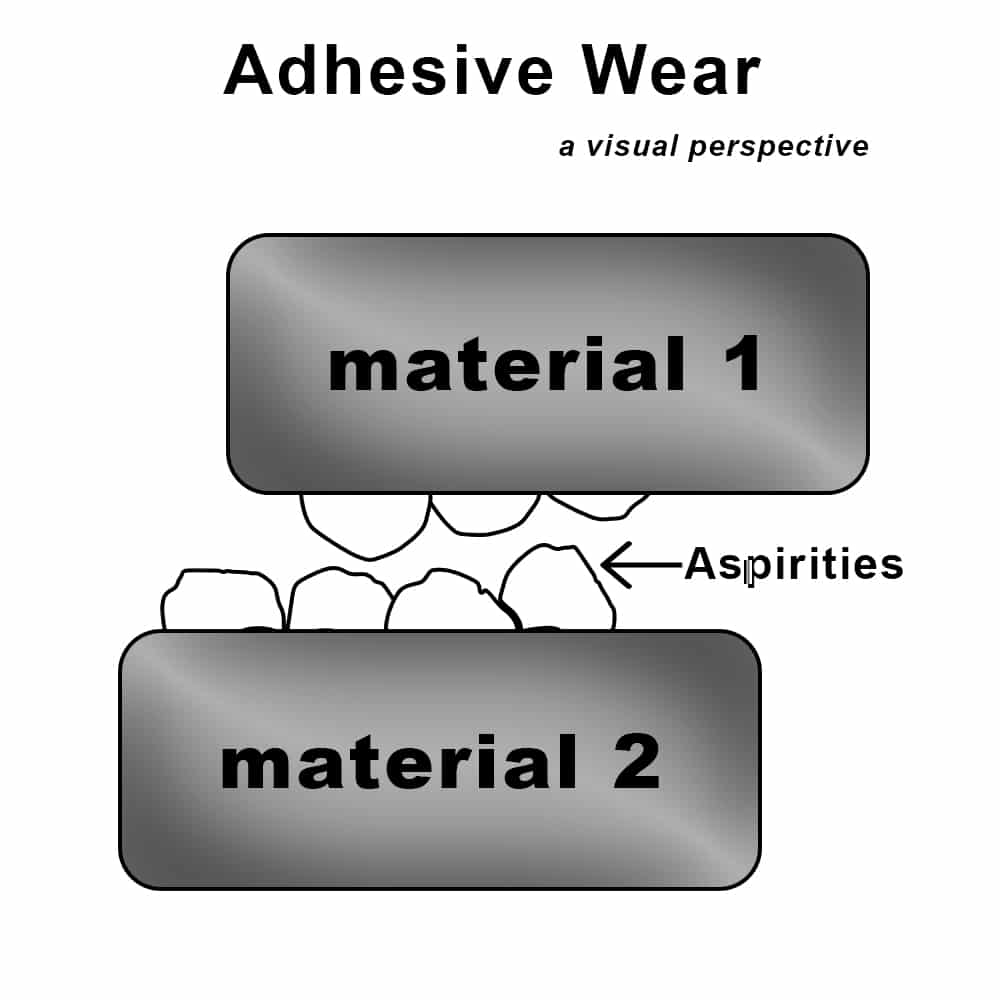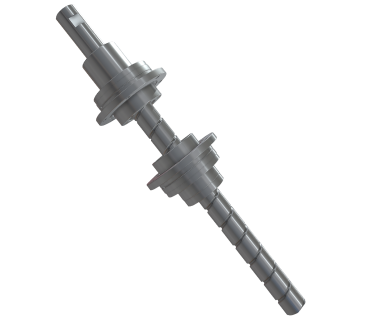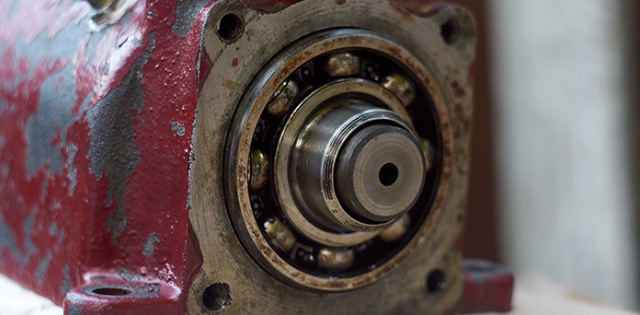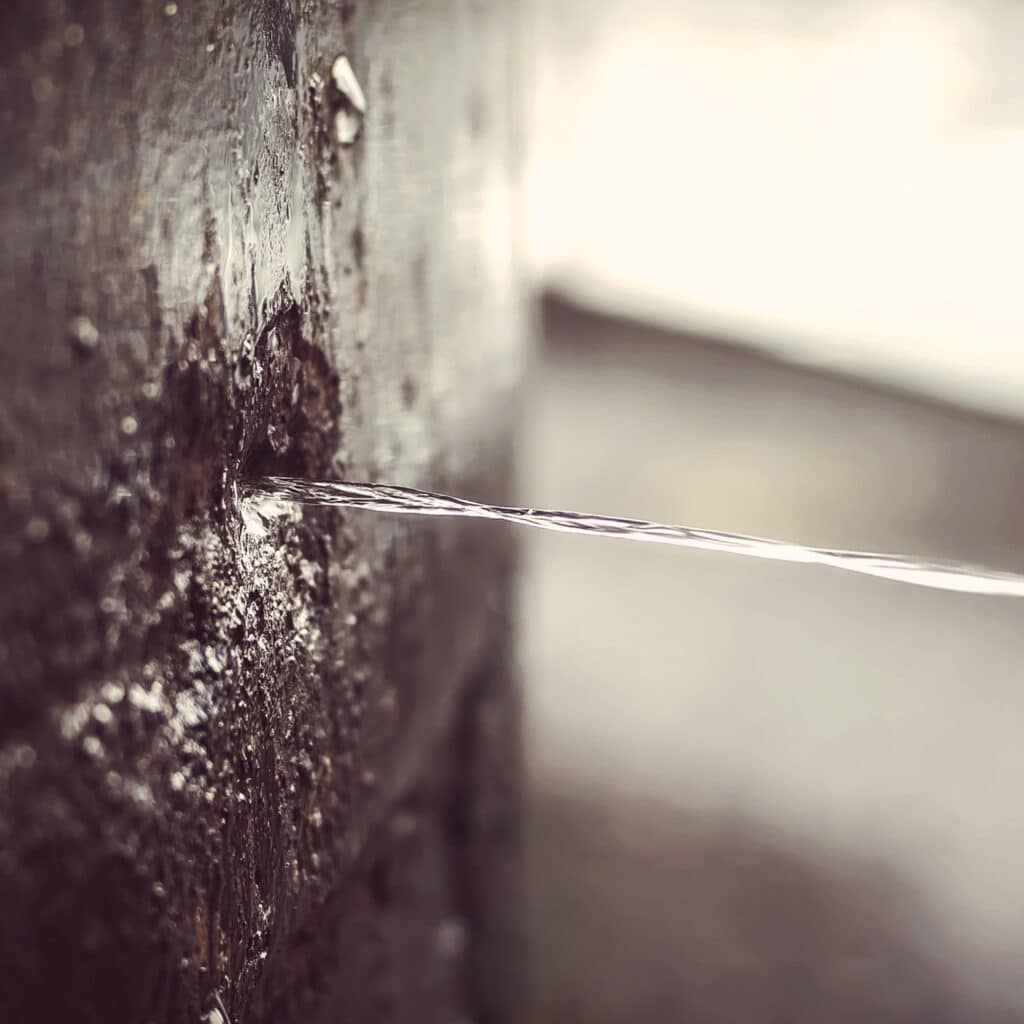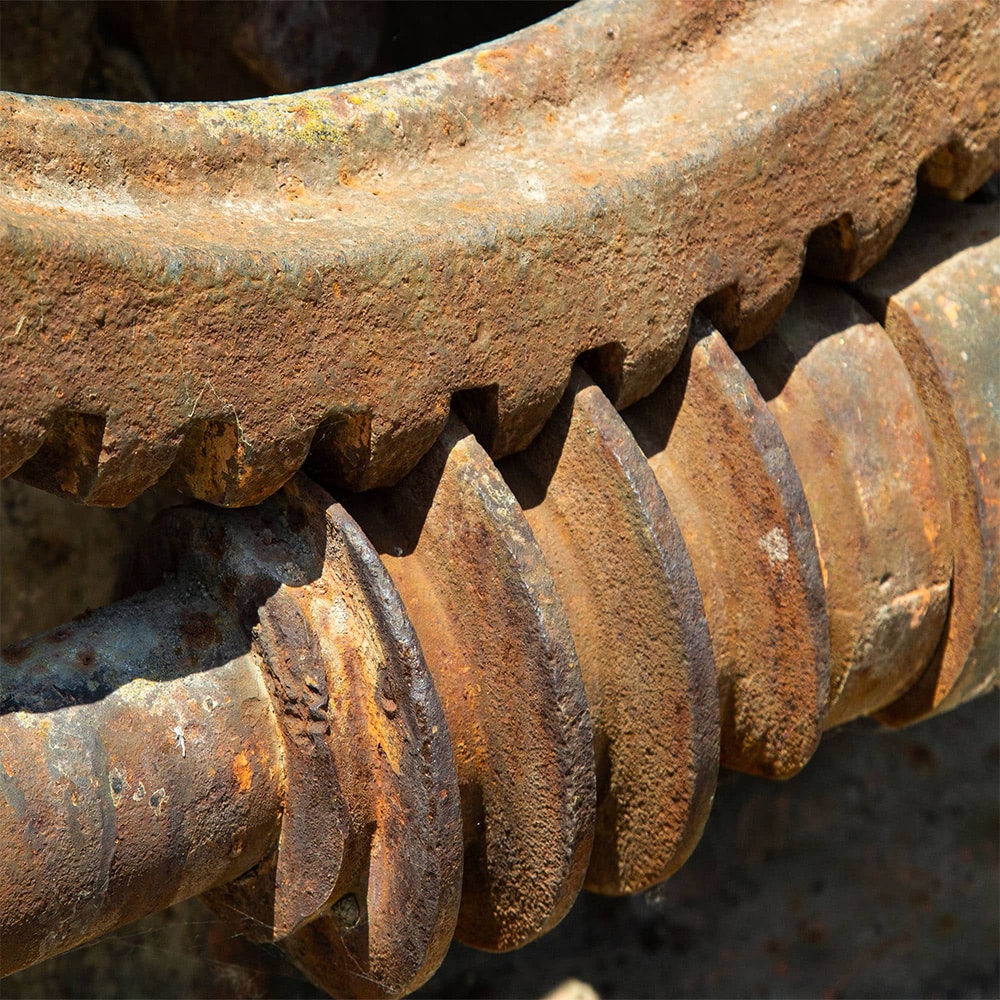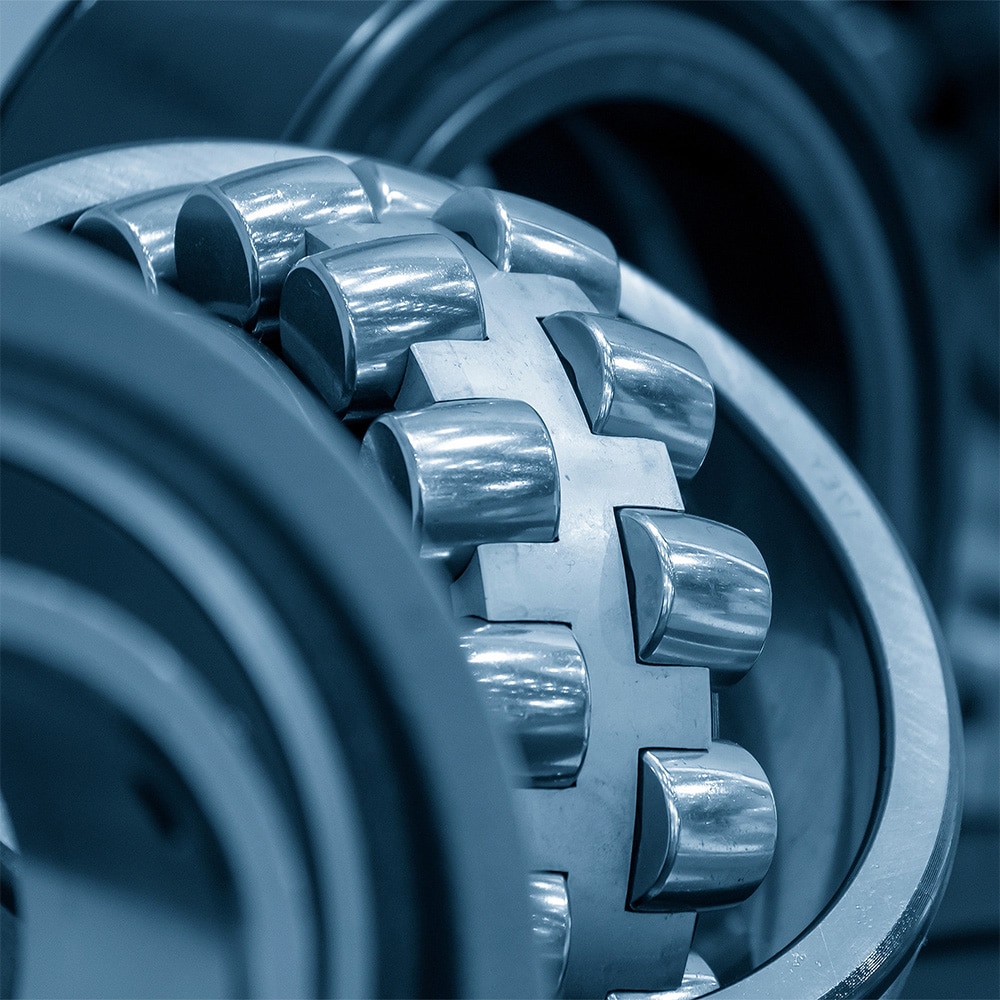Adhesive wear occurs when two surfaces slide against each other under pressure, leading to surface damage due to material transfer. Over time, this type of wear can trigger several failure modes that compromise component performance and reliability:
- Galling: A severe form of adhesive wear where surfaces weld together and tear apart, often causing sudden equipment failure.
- Scoring: Deep scratches or grooves appear along the contact path, increasing friction and reducing operational efficiency.
- Seizing: Surfaces lock due to adhesive bonding, halting motion and potentially damaging bearings, shafts, or sliding elements.
- Material Transfer: Friction causes particles to migrate from one part to another, leading to uneven wear and misalignment in precision systems.
- Surface Fatigue: Repeated stress and micro-adhesion events can cause cracking and flaking over time, especially in high-cycle components.
- Pitting: Localized adhesion breakdown creates small pits, which can grow and weaken the surface under continued stress.
To prevent adhesive wear failures, it’s essential to choose compatible materials, apply protective coatings, ensure proper lubrication, and follow routine maintenance protocols to minimize direct metal-to-metal contact.
